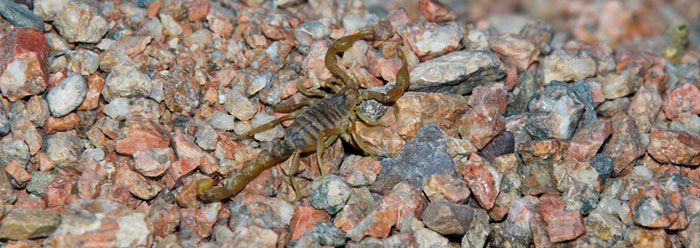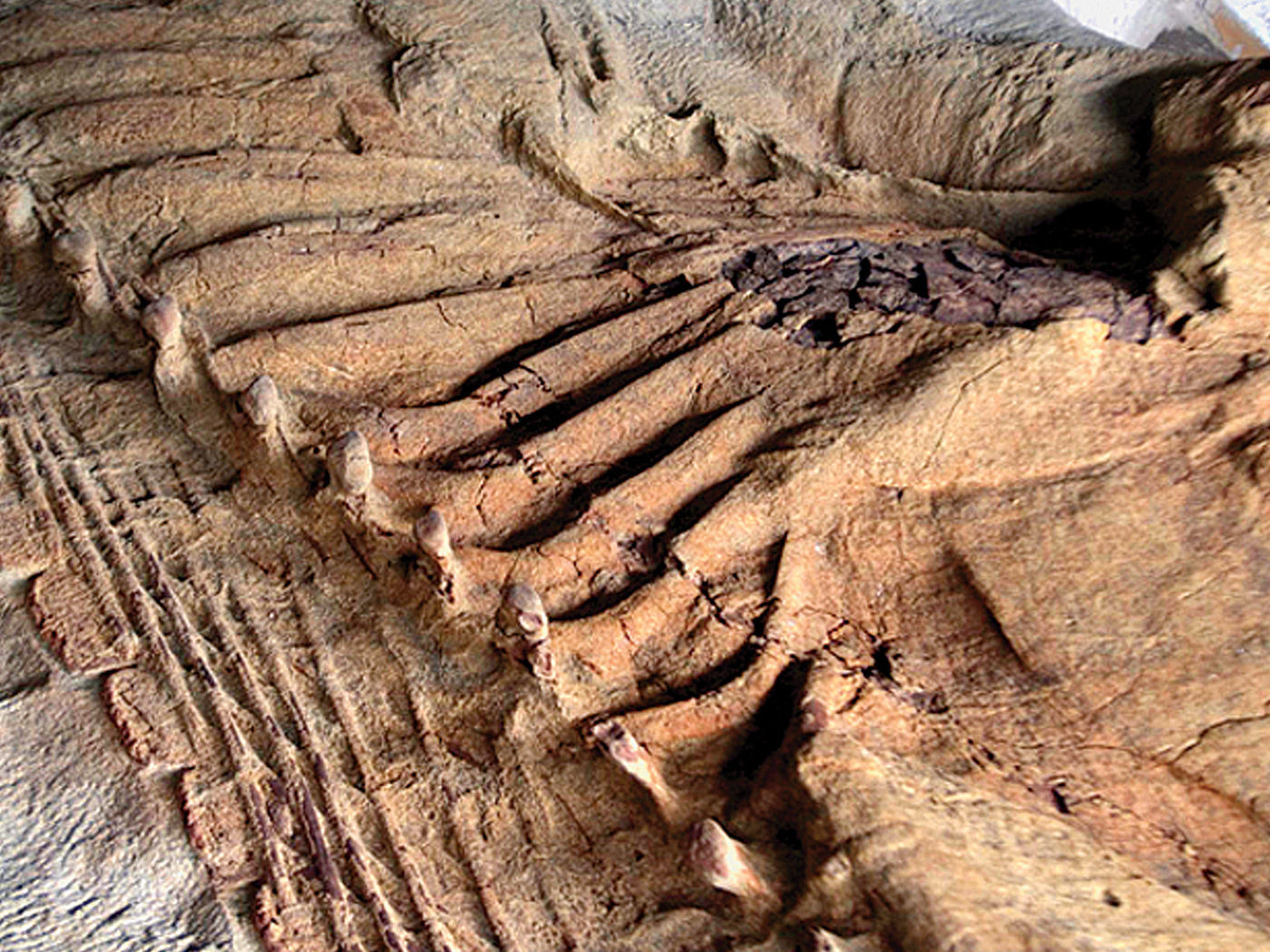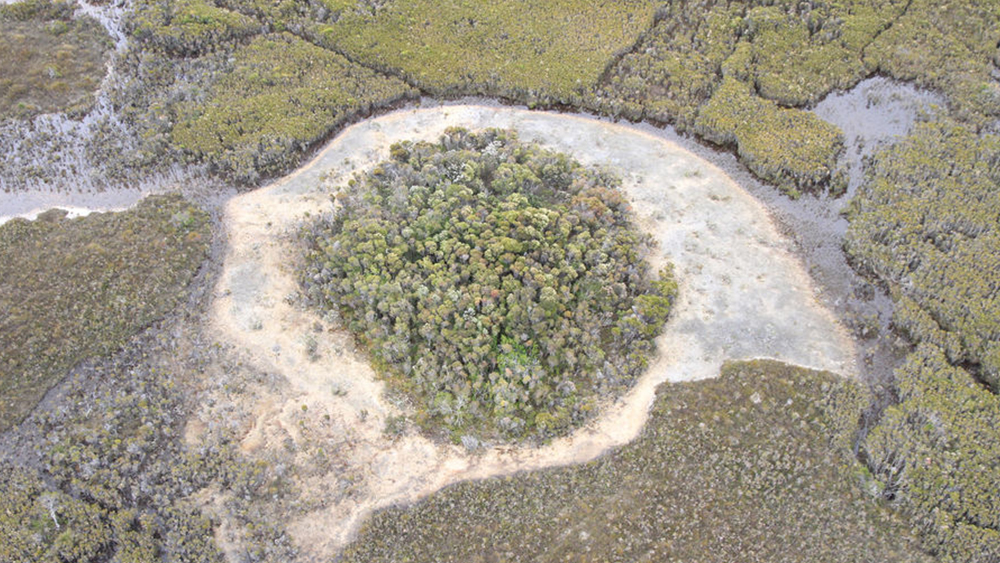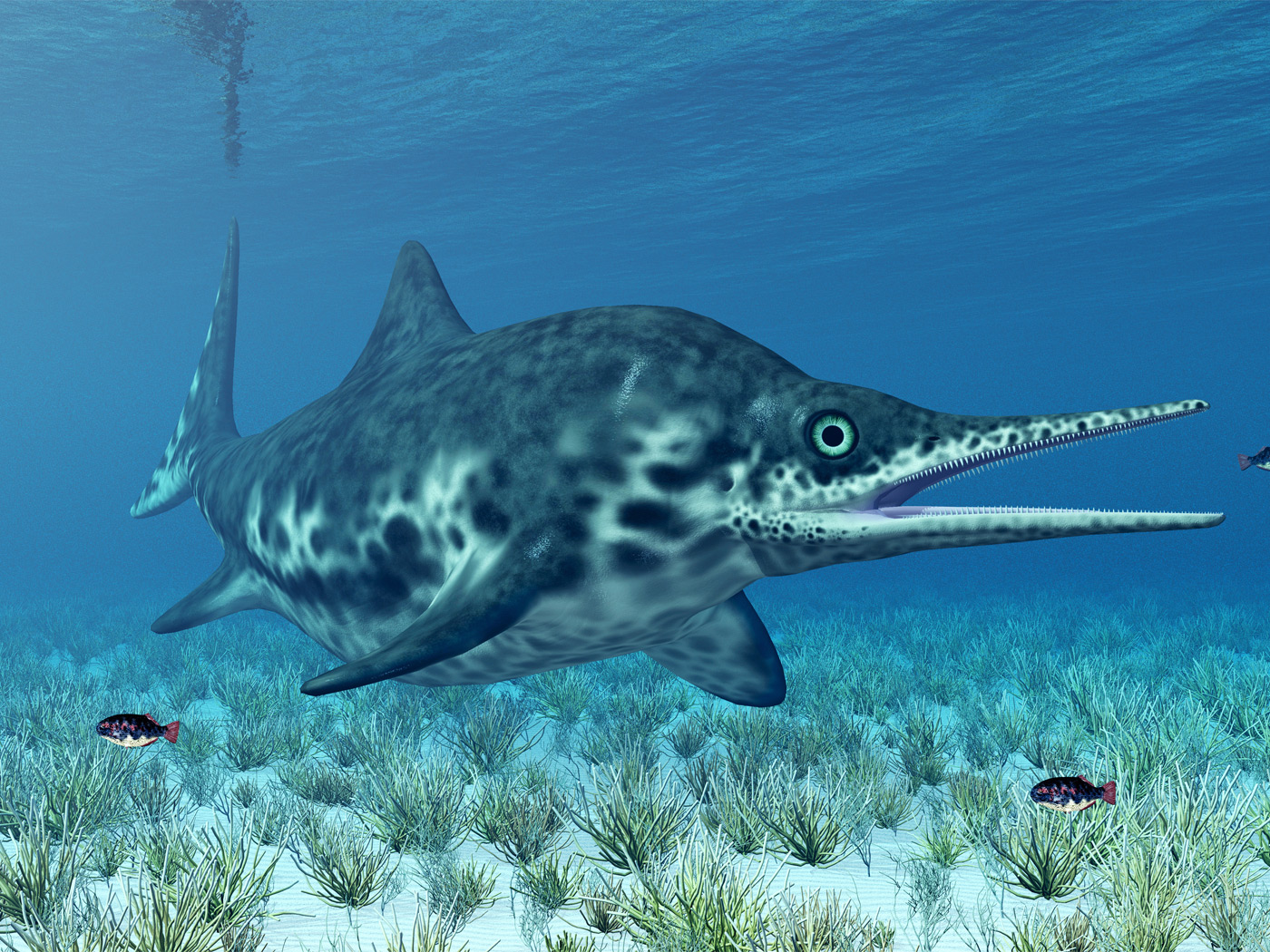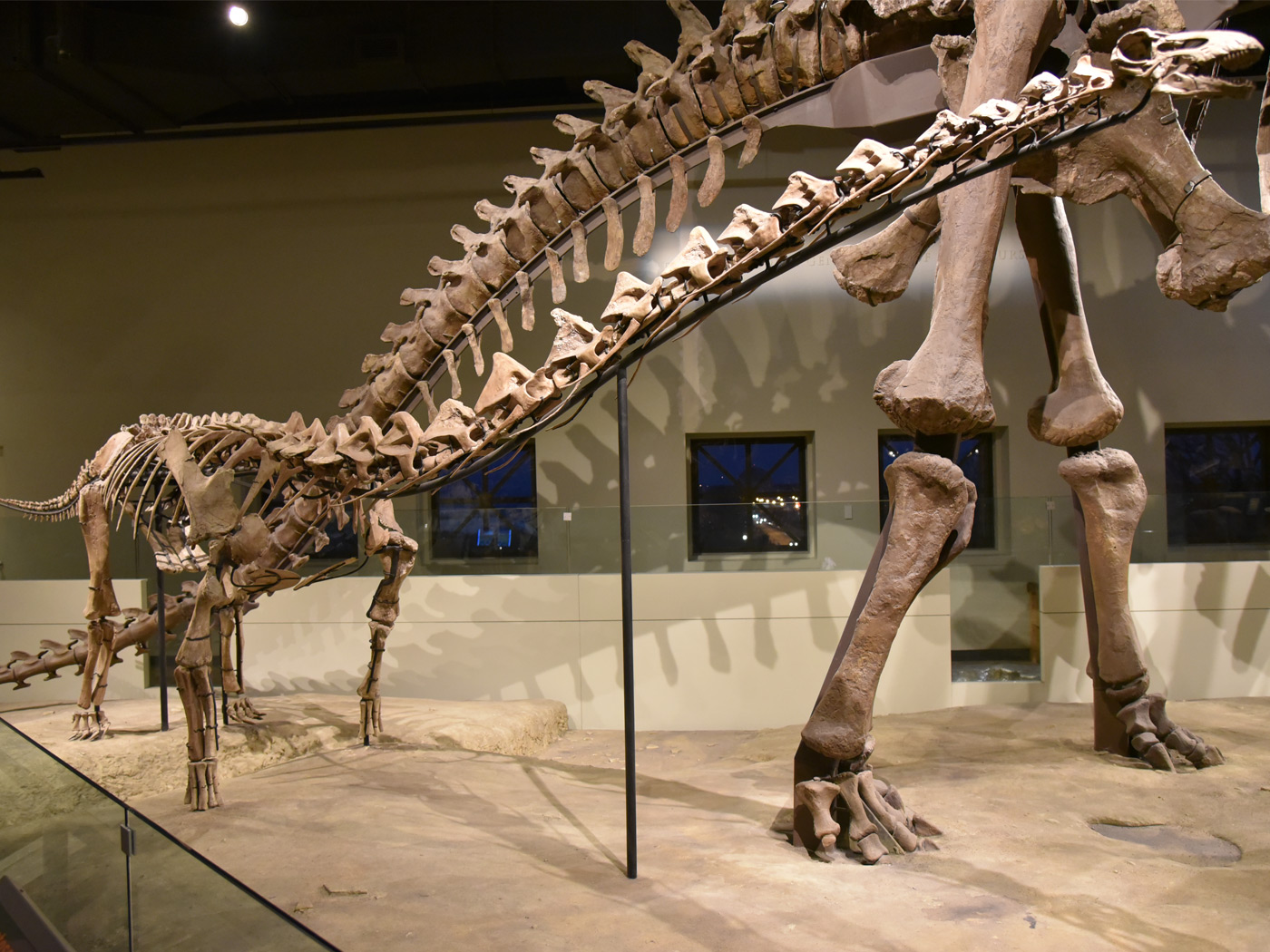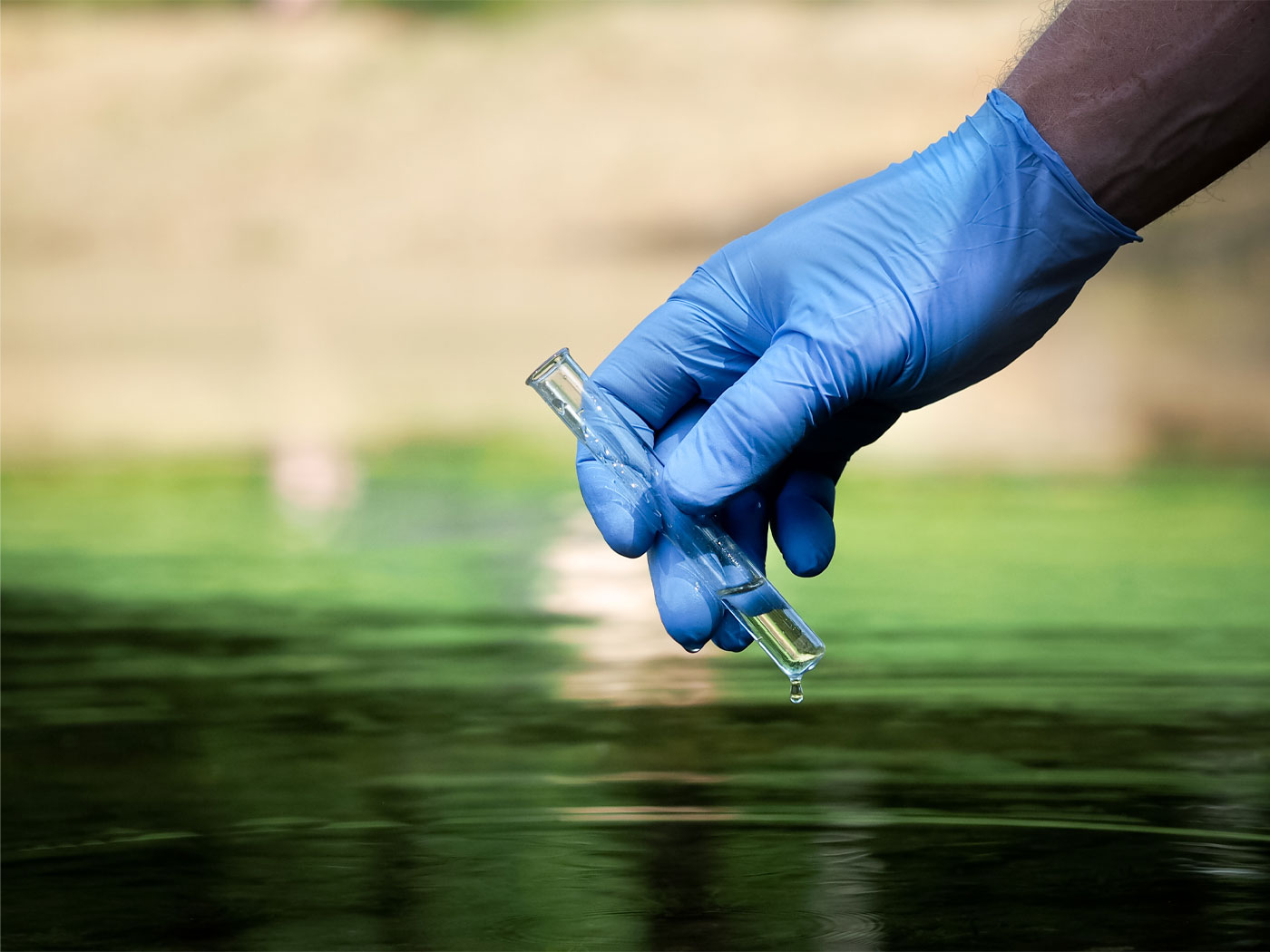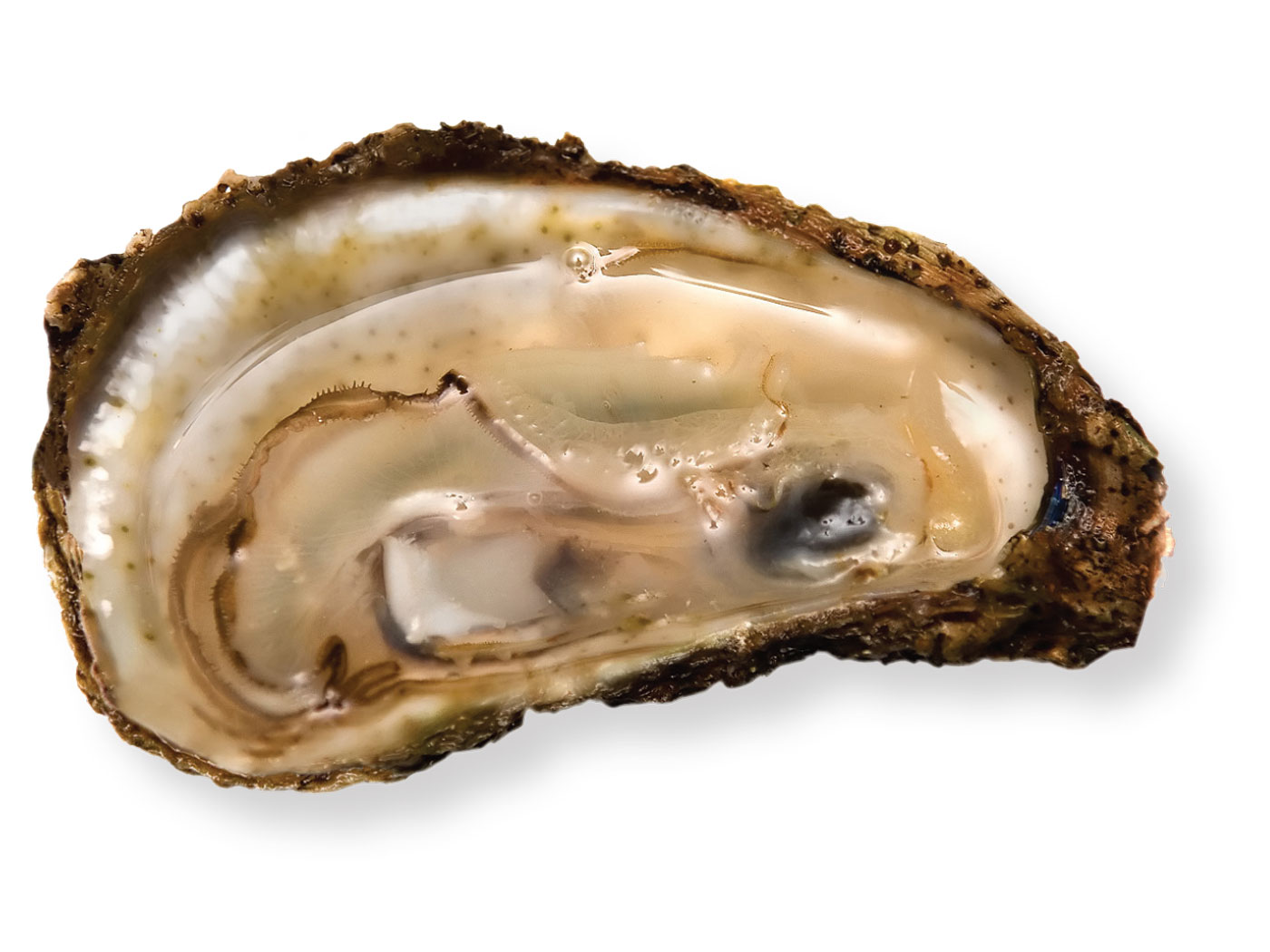Among land-dwelling arthropods, the sheer number of just ants and beetles that live and die each year is phenomenal. And ocean krill exist in even higher numbers. Each of these creatures leaves behind an exoskeleton. If it were not for remarkably efficient exoskeleton-eating microbes, the earth would quickly fill up with arthropod carcasses.
For the first time, scientists have proved that some Paleozoic fossil exoskeletons still contain original, organic, un-mineralized material. Only a miracle could have kept this substance intact for the 300 million years since the insects were supposedly entombed in rock.
The exoskeletons, or cuticles, are made of a sugar-based chemical called chitin that is attached to a protein scaffold and covered by a waxy layer. In their study published in the journal Geology, the researchers examined a scorpion from Pennsylvanian rock, as well as a scorpion-like eurypterid from even lower Silurian rock.1 Both layers are Paleozoic and are said to be hundreds of millions of years old.
The authors wrote, "The conventional geochemical view holds that the chitin and structural protein are not preserved in ancient fossils because they are readily degradable through microbial chitinolysis and proteolysis [the enzymatic breakdown of chitin and protein, respectively]."1 This "geochemical" view has solid chemical precedent. Experiments have long shown that chitinous exoskeletons degrade in weeks. But these new results conflict with the conventional view, showing that, somehow, chitin and its linked protein in these arthropod fossils have not completely degraded but are still partly preserved. How can this be?
The authors suggested the cause was a chemical process whereby nearby wax could have bonded with the protein, forming a layer to keep out bacteria and water. Whereas such chemistry may have occurred after the scorpion was buried, it fails to explain the bigger problem in preserving the remains, which is spontaneous protein decay.
Even when dry and sterilized, proteins fall apart because of their tiny, intricate structures. Thus, even with no microbial action at all, they degrade from an originally high state of organization to an ever-increasing state of disorganization. Eventually, they crumble into powder. Based on observations of the rate of sterile cuticle decay, these arthropods should have become powder in only thousands of years.
So, although microbial action dramatically accelerates the breakdown of these proteins and chitin, microbes are certainly not required. All that is needed is time for either substance to decay. And that is the dilemma, since the study's scorpion was dated at 310 million years and the eurypterid at 417 million years. And yet both exhibited original organic materials.
Significantly, researchers have measured carbon-14 in Pennsylvanian coal, from the same geologic system as the scorpion cuticle.2 Amounts of the short-lived carbon isotope in coal from higher-up Mesozoic rock layers were very similar, indicating that little time had passed between the formation of the Paleozoic and Mesozoic coal. Similar results showed that little time had elapsed between Paleozoic and modern carbon samples. Both the presence of plenty of carbon-14 and the original cuticle materials discovered in the Geology study show that these vast rock systems were all deposited recently, as would be predicted on the basis of the global Flood described in Genesis.
Last year, original arthropod exoskeletons made the news, but unlike this scorpion and eurypterid, their structural compositions were not chemically verified.3, 4 However, in both the lobster found in England and the shrimp found in Oklahoma, the discoverers were stunned by what clearly resembled original material.
The problem of chitin…a material produced by fungi as well as arthropods…in the fossil record has been around for a while. But for some reason, it has not been the focus of serious scientific study.5 Now that research has shown that the majority of carbon and nitrogen found in these Paleozoic fossils was part of the original protein-chitin cuticle material, it forces a time dilemma issue that should command more attention.
These findings "could have major implications for our understanding of the organic fossil record," according to a Carnegie Institution press release.6 And the main implication is that the fossil record is thousands, not millions, of years old.
References
- Cody, G. D. et al. 2011. Molecular signature of chitin-protein complex in Paleozoic arthropods. Geology. 39 (3): 255-258.
- Baumgardner, J. 2003. Carbon Dating Undercuts Evolution's Long Ages. Acts & Facts. 32 (10).
- Thomas, B. Teen Finds Lobster Fossil with Original Shell. ICR News. Posted on icr.org September 30, 2010, accessed February 10, 2011.
- Thomas, B. 'Remarkably Preserved' Shrimp Is 350 Million Years Old? ICR News. Posted on icr.org, November 18, 2010, accessed February 10, 2011.
- Thomas, B. A Global Catastrophic Event Wiped Out Ancient Forests. ICR News. Posted on icr.org, November 17, 2009, accessed February 10, 2011.
- Unexpected exoskeleton remnants found in Paleozoic fossils. Carnegie Institution for Science press release, February 7, 2011.
* Mr. Thomas is Science Writer at the Institute for Creation Research.
Article posted on February 22, 2011.




